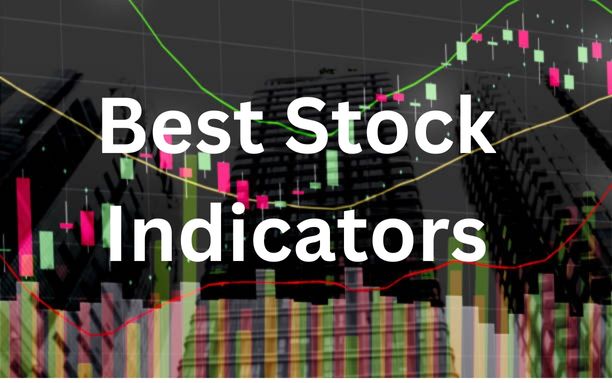The Best Stock Indicators for Smart Trading

Navigating stock markets for successful trading demands a keen understanding of trends, momentum, and prevailing market conditions. Technical indicators empower traders to make well-informed decisions by pinpointing crucial entry and exit opportunities. Below, we explore some of the most effective stock indicators traders use worldwide.
1. Moving Average (MA)
Moving Averages smooth out price data, thereby helping you identify underlying trends. The Simple Moving Average (SMA) calculates the average closing price over a set period. However, the Exponential Moving Average (EMA) prioritizes recent prices, making it more responsive to market shifts.
How to Use:
- For example, a Golden Cross occurs when a short-term MA (e.g., 50-day) crosses above a long-term MA (e.g., 200-day), indicating a bullish trend.
- Conversely, a Death Cross — where a short-term MA crosses below a long-term MA — signals a bearish trend.
2. Relative Strength Index (RSI)
The RSI measures the speed and change of price movements on a scale from 0 to 100. It effectively helps traders determine whether a stock is overbought or oversold.
How to Use:
- Specifically, if the RSI is above 70, traders consider the stock overbought, and it may face a correction.
- Conversely, if the RSI drops below 30, traders view the stock as oversold, indicating a potential rebound.
3. Moving Average Convergence Divergence (MACD)
MACD is a momentum indicator that illustrates the relationship between two EMAs (typically the 12-day and 26-day). Additionally, it includes a signal line (9-day EMA) to generate buy and sell signals.
How to Use:
- Therefore, when the MACD crosses above the signal line, it typically signals upward momentum.
- Conversely, a cross below the signal line indicates a bearish trend.
4. Bollinger Bands
Bollinger Bands consist of a middle moving average and two outer bands (standard deviations from the MA). They aid in identifying volatility and price extremes.
How to Use:
- For instance, if the price touches the upper band, traders might consider the stock overbought, expecting a pullback.
- Conversely, when the price touches the lower band, it often suggests the stock is oversold and poised for a bounce.
5. Stochastic Oscillator
This momentum indicator compares a stock’s closing price to its price range over a specific period. It moves between 0 and 100.
How to Use:
- When the Stochastic Oscillator is above 80, it suggests the stock is overbought and could face selling pressure.
- Conversely, if it falls below 20, traders see the stock as oversold, signaling a potential rise.
6. Volume Weighted Average Price (VWAP)
VWAP calculates the average price a stock has traded throughout the day, considering both price and volume. Institutional traders widely use it.
How to Use:
- Specifically, when the price trades above VWAP, it typically indicates a bullish trend.
- Conversely, if the price falls below VWAP, it suggests a bearish trend.
7. Ultimate Oscillator
The Ultimate Oscillator refines traditional momentum indicators by incorporating multiple timeframes (7, 14, and 28 periods) to reduce false signals.
How to Use:
- A bullish signal occurs with a bullish divergence where the oscillator rises from an oversold level.
- A bearish signal indicates a bearish divergence where the oscillator drops from an overbought level.
Final Thoughts
While no single indicator guarantees success, combining these stock indicators can certainly enhance your trading decisions. Always consider market conditions, risk management, and multiple signals before executing a trade.